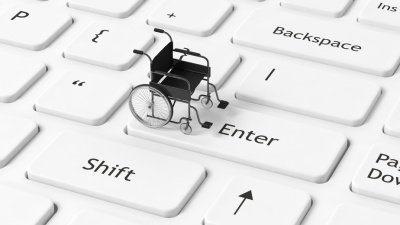The barrier-free internet is an internet that is for everyone and that does not exclude those with disabilities. Sadly, many websites currently do prevent difficulties for those that are sight or hearing impaired, or those that struggle with dexterity and motor movements. Just as stores on a highstreet need to make sure they have disabled access, so too does your online branding.
The barrier free internet is an internet that is built on the notion of being accessible for everyone. This means that no website should exclude those with disabilities and that everyone should be able to enjoy every type of content online.
This is important for ethical reasons: you need to make sure that everyone can enjoy your content simply as a matter of equality. At the same time though, it is also important from a more cynical business perspective. If your website is inaccessible to certain demographics, then that means that you will be losing customers. It means many people can’t read your sales pitch or buy your products.
Not only that, but ethical business helps to build your reputation and is good for PR.
Why might a website need to consider disabilities? How can a site be inaccessible?
Some things to consider:
- Large fonts for those with difficulty seeing
- The option to enable narration for those that cannot read
- Simple and easy navigation that is not complicated
- Navigation that avoids the need to click on or tap very small navigation elements
- Avoid mouse-over elements
- Avoiding flashing lights that might cause epileptic fits or stress
You might likewise consider the importance of making your site accessible for those in other countries. This might mean adding translations for your site and it might also mean avoiding large images and other elements that will cause slow loading where internet connections are not very reliable.
